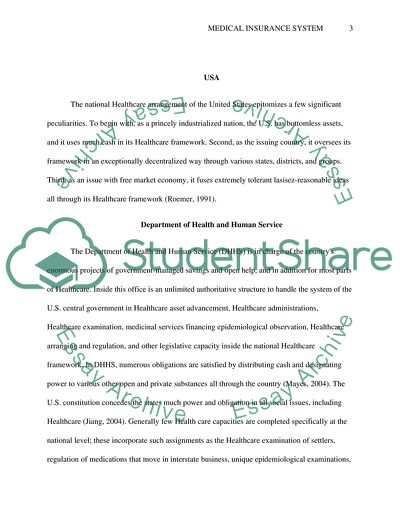Cite this document
(Comparison of Chinese and American Medical Insurance System Coursework Example | Topics and Well Written Essays - 4750 words, n.d.)
Comparison of Chinese and American Medical Insurance System Coursework Example | Topics and Well Written Essays - 4750 words. https://studentshare.org/health-sciences-medicine/1848845-comparison-of-chinese-and-american-medical-insurance-system
Comparison of Chinese and American Medical Insurance System Coursework Example | Topics and Well Written Essays - 4750 words. https://studentshare.org/health-sciences-medicine/1848845-comparison-of-chinese-and-american-medical-insurance-system
(Comparison of Chinese and American Medical Insurance System Coursework Example | Topics and Well Written Essays - 4750 Words)
Comparison of Chinese and American Medical Insurance System Coursework Example | Topics and Well Written Essays - 4750 Words. https://studentshare.org/health-sciences-medicine/1848845-comparison-of-chinese-and-american-medical-insurance-system.
Comparison of Chinese and American Medical Insurance System Coursework Example | Topics and Well Written Essays - 4750 Words. https://studentshare.org/health-sciences-medicine/1848845-comparison-of-chinese-and-american-medical-insurance-system.
“Comparison of Chinese and American Medical Insurance System Coursework Example | Topics and Well Written Essays - 4750 Words”. https://studentshare.org/health-sciences-medicine/1848845-comparison-of-chinese-and-american-medical-insurance-system.


